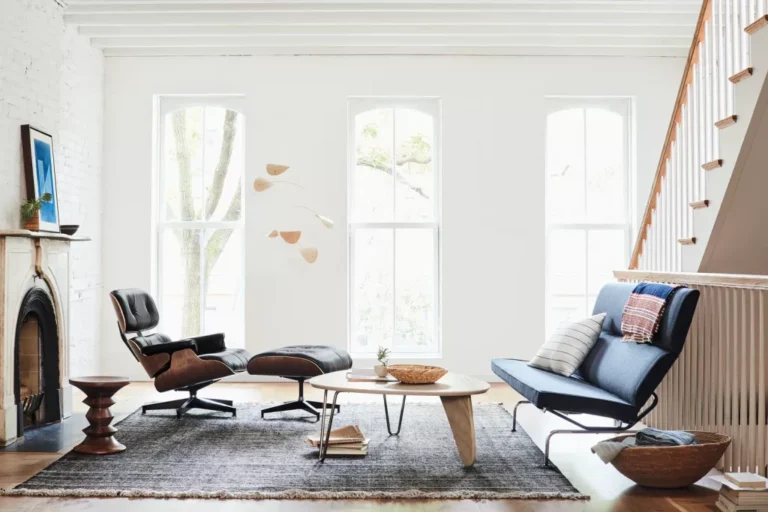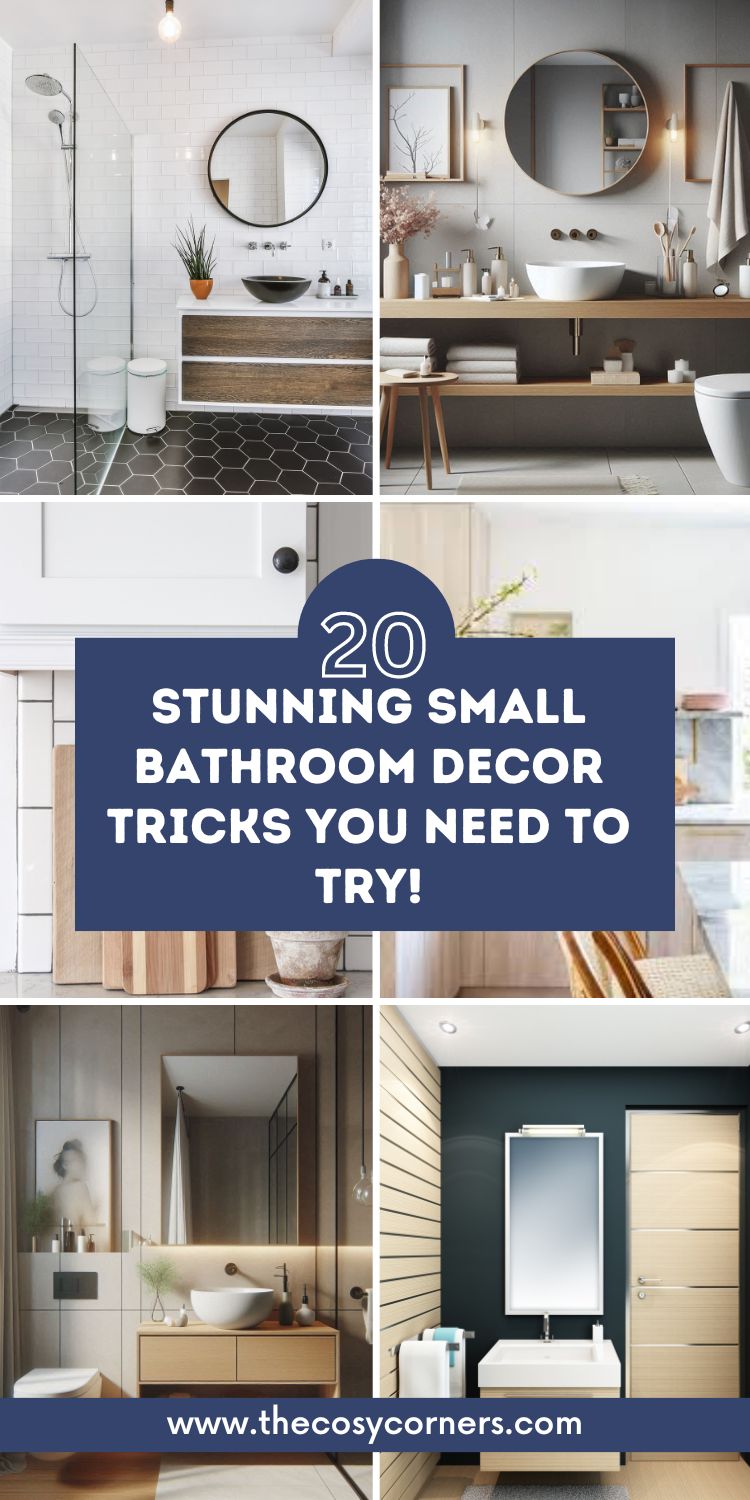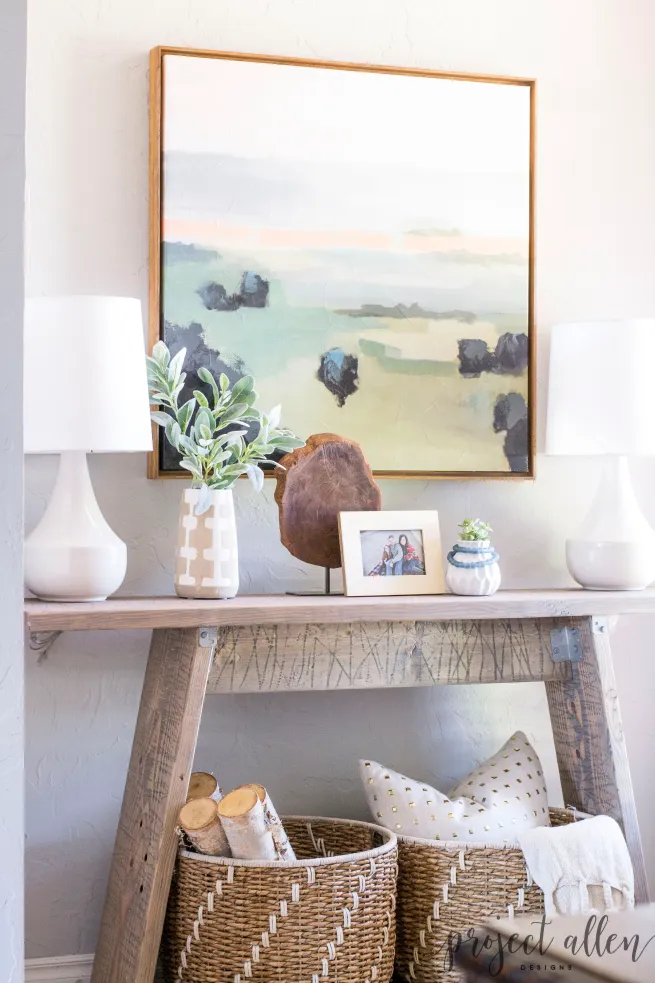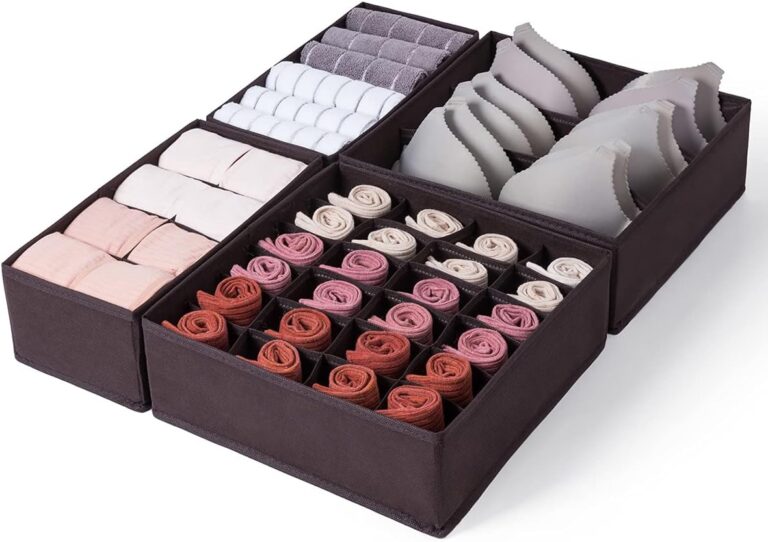25 Inspiring Vegetable Garden Design Ideas
Do you enjoy fresh vegetables and want to start a homestead garden in your backyard? Starting a vegetable garden requires a lot of work, including selecting the best foods to plant, purchasing seeds, and organizing the actual yard area. It is quite difficult to think of amazing vegetable garden design ideas, but I have got you covered.
Whether you have a little balcony, backyard, or a huge garden, these vegetable garden ideas will inspire you to make the most of your space and develop a rich, productive garden. Here, I have discussed 25 inspiring ideas to create the ideal growing garden.
Vegetable Garden Design Ideas
1. Raise Veggies Bed
Raised garden beds are a popular option in vegetable garden designs. They increase drainage, give you more control over soil quality, and are easier to maintain. Wooden, metal, or repurposed materials make excellent structures for your veggie beds.
Raised beds are especially beneficial to gardeners with restricted mobility as they reduce the need to bend and can be placed on higher platforms for wheelchair access.

Source: The Cosy Corners
2. Container Garden
If you have limited space, consider container gardening it is perfect for small spaces, and container gardening offers flexibility in your vegetable garden design ideas. Pots and containers are ideal for patios or balconies, allowing you to produce tomatoes, peppers, and other veggies simply. This method is an ideal backyard garden vegetable design for small spaces.
Here are some of the affordable ways to update the patio on a budget and make your outdoor space cozy without spending a ton of money.

Source: Home Creativity Vibes
3. Ladder Garden
A recycled ladder serves as an excellent base for several herb plants while taking up minimal room on your patio or deck. It also allows various sizes of pots and window boxes, resulting in a visually pleasing display that everyone loves to have in their garden.
If you want to make this beautiful ladder garden, and you require some amazing gardening tools, then these tools are perfect for you.

Source: The Pioneer Women
4. Greenhouse Garden
Greenhouses allow you to extend the growth season while safeguarding your plants from adverse weather. A greenhouse, large or small, may provide optimal conditions for producing a variety of crops year-round. It is also the best in summer to give you a cold and cozy experience.
Whether you opt for a large or small structure, a greenhouse is a versatile vegetable garden design idea for growing year-round produce. You can easily make a greenhouse garden and enhance your garden’s beauty with the help of using these gardening gloves to protect your hand and double the joy.

Source: Hayley
5. Herb Spiral Garden
Create a visually appealing spiral veggies bed that maximizes planting area. It’s a great method to cultivate herbs and small veggies while also giving your backyard garden a distinctive appearance.
This design allows you to optimize your planting space while also providing a distinct and attractive focal point in your garden. Don’t forget to look into more exciting ideas related to your garden here.

Source: The Cosy Corners
6. Salsa Garden
A salsa garden is a great way to cultivate the fresh ingredients required to make your favorite salsa recipes. Growing your own tomatoes, peppers, onions, cilantro, and other key ingredients allows you to experience the rich tastes and health benefits of homemade salsa.

Source: Lawn Starter
7. Vertical Vegetable Garden
Grow plants vertically to make use of limited space. Plants like peas, cucumbers, and beans can be grown on trellises, shelves, or in wall-mounted pots. This backyard garden vegetable design is ideal for adding depth to tiny spaces. Stacking plants vertically allows you to maximize your garden space while enjoying a range of harvests.

Source: Decolumb
8. Pallet Garden Beds
Repurposing wooden pallets is a cost-effective and innovative solution to create a vertical or flat garden bed. This sustainable veggie bed design is ideal for herbs and tiny veggies, making it an environmentally responsible option for your garden. These beds, constructed from reclaimed wooden pallets, are both practical and artistically beautiful.
You can easily get ideas for decorating and protecting your garden area and upgrading the beauty of your garden.

Source: The Cosy Corners
9. Gravel Garden Beds
If you want a low-maintenance garden, a gravel garden is the way to go. This method entails cultivating primarily native plants in a bounded portion of gravel poured over your landscape’s natural soil. These beds are intended to grow without the use of extra water, fertilizer, or chemicals. Weeds have a harder time growing on gravel garden beds.

Source: Martha Stewart
10. Keyhole Garden
A keyhole garden is a raised circular bed with a central composting area, making it a sustainable and space-saving vegetable garden design ideas. Compost offers natural nutrients to your garden, allowing it to be self-sustaining and prolific.

Source: Family Food Garden
11. Hanging Vegetable Basket
Hanging baskets work well for herbs, cherry tomatoes, and strawberries. This is a great vegetable garden design ideas for tiny areas that can bring some greenery to your outdoor or indoor space. Ensure that your planters are solid and have proper drainage.
For healthy development, water and fertilize your plants on a regular basis. With a little care and attention, you may reap the benefits of producing your own veggies in a hanging garden.

Source: Gardening Know How
12. Hanging Gutter Garden
Gutter gardens are convenient, easy-to-use garden containers. Use chains and steel rods to hang them on the porch. Use them to grow fragrant herbs, leafy greens, leeks, strawberries, radishes, and garlic. This is another one of the attractive vegetable garden design ideas which help to enhance your garden’s beauty.
A hanging gutter garden looks great on the side of a pergola designed for serving supper or as a summer cooking area. Use the space to plant lavender and mint, which repel insects.

Source: Lawn Starter
13. Kitchen Garden Bed
A vegetable garden design ideas focused on convenience, this setup is both functional and aesthetically pleasing. Make a small veggie bed near your kitchen for quick access to fresh produce. Combining herbs, veggies, and flowers can result in a visually appealing and practical growing garden.

Source: Gardenary
14. Windowsill Garden
If you don’t have much outdoor area, a windowsill garden can still help you grow something valuable! Herbs are the ideal option since they are simple to produce, many adapt to indoor circumstances and are extremely costly to purchase at the grocery store. Simply make sure they have enough strong light.
With a sunny windowsill and the proper containers, you may have a fast supply of fresh vegetables. Choose plants that flourish in indoor environments, such as basil, parsley, and thyme, or tiny crops like lettuce and spinach.

Source: The Pioneer Women
15. Edible Landscaping
Incorporate veggies and herbs into your landscape. Planting them among flowers and bushes results in a lovely backyard vegetable design that also provides fresh food. This beautiful idea of gardening is a dirt therapy for many of the gardeners.
Choose plants that are appropriate for your environment and amount of upkeep, taking into account aspects such as sunshine and plant requirements. Create a diversified and sustainable environment by incorporating a range of food plants, such as fruit trees, berries, vegetables, and herbs.

Source: Edible Landscape
16. Wall Garden
Wall gardens are a unique and efficient technique to cultivate plants in limited spaces. Vertical space allows you to grow a variety of herbs, flowers, and even vegetables on a wall or fence. Wall gardens provide greenery to your house or outdoor area while also serving as a distinctive and practical feature.
There are various ways to create a walled garden. You may utilize hanging planters, pocket planters, or create a unique wall garden structure. Consider the type of plants you want to grow and the amount of sunlight your wall receives when choosing a location and design.

Source: Josiah
17. Perennial Vegetable Garden
Perennial vegetable gardens provide a long-term, low-maintenance solution for enjoying fresh vegetables. Unlike annual vegetables, which must be replanted each season, perennials regenerate on their own, minimizing the amount of time and work necessary for gardening.
Choose perennials that are appropriate for your climate and soil conditions, taking into account growth habits and harvest time. With appropriate planting, maintenance, and harvesting, you may have a steady supply of fresh, homegrown veggies from your perennial garden.

Source: Garden & Happy
18. Aquaponic Growing Garden
Aquaponics mixes fish farming and hydroponics, resulting in a self-sustaining ecosystem in which fish waste feeds your veggies. These eco-friendly vegetable garden design ideas take a high-tech approach to gardening.
Aquaponic gardening has several advantages, including sustainability, efficiency, fresh food, and educational value. Setting up and maintaining a well-designed aquaponic system allows you to reap the benefits of growing your own food sustainably and uniquely.

Source: Fashion Tiptop
19. Pocket Garden
Pocket gardens are small, self-contained gardens that may be built in practically any location, including a windowsill, balcony, or patio. They are great for urban inhabitants who have little outside space.
Pocket gardens are often made out of a container filled with soil in which you may plant a variety of herbs, flowers, or even little vegetables. These little gardens are a delightful way to reconnect with nature, add greenery to your surroundings, and enjoy the beauty and aroma of your own plants.

Source: The Pioneer Women
20. Elevated Beds Garden
Elevated beds are huge planting boxes with legs, usually made of wood or plastic. They are smaller than in-ground and raised beds and are usually transportable. You can relocate them from one area of the garden to another. For example, you can relocate them in late summer, when you seed the autumn crops, to a location that receives more sunlight throughout the chilly season.
They are ideal for wheelchair users or anyone with back difficulties who should avoid bending over low planting beds for extended periods. Also, if your garden is prone to floods, try using raised beds. However, plastic or galvanized steel versions may be preferable to wood.

Source: Gardeners Supply Company
21. Backyard Vegetable Garden
A backyard vegetable farm is an enjoyable and ecological method to produce your own food. Growing your own veggies in your garden allows you to enjoy fresh, nutritious food while reducing your reliance on store-bought produce and connecting with nature.
You may cultivate a variety of veggies based on your environment, soil conditions, and personal preferences. With appropriate planning, care, and upkeep, you may produce an abundance of fresh veggies from your backyard farm.

Source: Christine Jacobs
22. Succession Planting in Veggies Bed
Plant your crops in succession to ensure a continual yield. As one batch of veggies is harvested, plant other ones to keep your expanding garden fruitful all season. By spacing out your crops, you may minimize overproduction and lengthen the harvesting time.
Succession planting is especially advantageous for fast-growing plants like lettuce, radishes, and spinach. With appropriate planning and scheduling, you may have a plentiful supply of fresh veggies all season.

Source: The Money Pit Official
23. Community Veggie Garden
A community vegetable garden is a common area where neighbors and community members may work together to grow their own food. These gardens develop a feeling of community, raise environmental awareness, and offer opportunities for education and skill exchange.
Community gardens can provide a range of benefits, including access to fresh, nutritious produce, chances for social contact, and the opportunity to learn about sustainable gardening methods. Participating in a community garden allows you to help create a more vibrant and sustainable community.
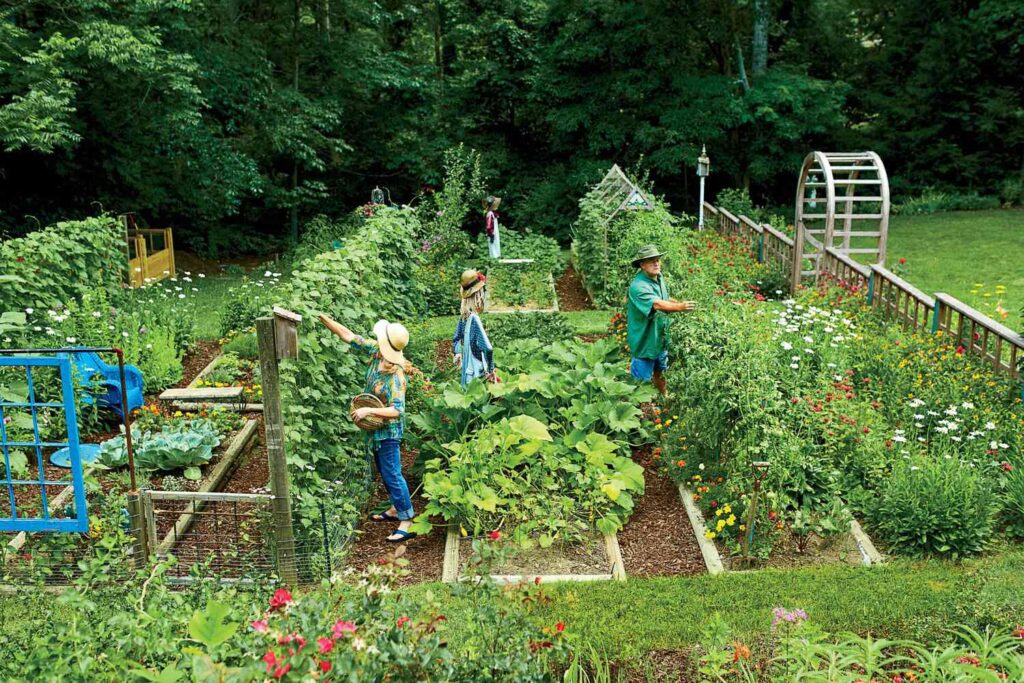
Source: Southern Living
24. Children’s Vegetable Garden
Make a separate area in your garden where youngsters may learn how to grow their own food. Planting easy-to-grow veggies like radishes, carrots, and cherry tomatoes might encourage kids to become future gardeners. Plant easy-to-grow vegetables like radishes and carrots in small veggie beds, making this a fun and educational vegetable garden design idea for families.
Children’s gardens can be decorated with colorful plants, entertaining activities, and interactive components to make gardening more pleasurable and engaging for young brains. By incorporating children in the gardening process, you may help them develop a feeling of responsibility, patience, and gratitude for the food they consume.

Source: Momtrends
25. Straw Bales
Straw bales may serve as a diverse and ecological farming surface. They provide great insulation, moisture retention, and aeration, resulting in an ideal environment for plant development. Straw bales may be used to raise many different crops, herbs, and flowers.
Simply fill the bales with nutrient-rich potting soil, plant your seeds or seedlings, and water often. Straw bales may be reused year after year, making them a sustainable and environmentally beneficial gardening solution.

Source: The Pioneer Women
Start your Gardening Business
Starting a vegetable garden business is enjoyable and profitable as there are numerous vegetable garden design ideas available. With the growing need for fresh, organic vegetables, turning your gardening passion into a small business might be a wise decision. Whether you have a little backyard or access to bigger acreage, vegetable growing provides limitless possibilities.
You may sell fresh fruit at local markets, provide subscription boxes, or cultivate specialty veggies for restaurants. Furthermore, gardening enterprises may diversify into areas such as seed sales, workshops, and gardening services, allowing you to generate many streams of money from something you like.
Conclusion
Growing your vegetable garden not only provides fresh, organic vegetables for your table, but it also allows you to bond with nature, minimize your environmental imprint, and pursue a gratifying pastime. So choose a design that fits your lifestyle and begin nurturing your own piece of nature—your budding garden is only a seed away! Happy planting!

